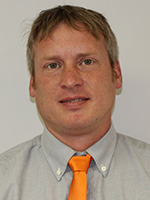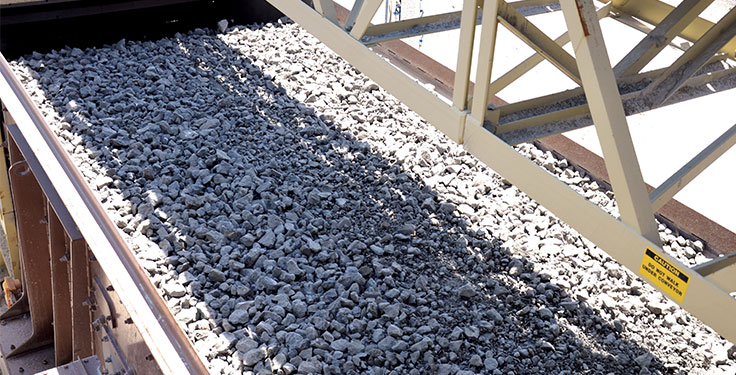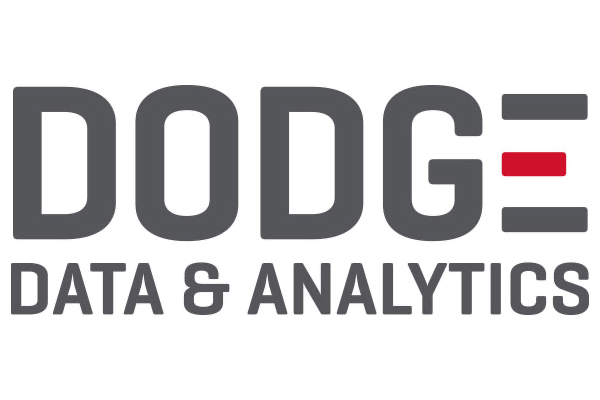
P&Q recently visited with Chad Hackett, president of Durex Products, to talk screening safety and best practices for aggregate producers.
What are a couple of the more common safety issues you’ve seen related to screen boxes, screen media and related components? What are one or two safety issues you’ve seen that maybe aren’t so common yet are very real issues that aggregate producers should be aware of?
When you talk about common safety issues, the big things I always see that are most concerning are because of the severity of injury that can come out of them. The obvious one is the big equipment.
With me working on screen media, I’m not in the field as much. But guys in the field have a job to do, running loaders and trucks. They’re a lot bigger than we’re used to on a normal, personal level. Your line of sight is different than operators. So that’s a huge issue when I’m out there. When I see trucks coming from the next corner, let’s just wait until I’m out of the way. You can really end up seriously injured if you’re in the wrong place.
The other big one: Just the general vibrating, moving equipment [and] motors. There are tons of motors on conveyors and moving parts. The horsepower tied into those is significant.
Another other big one I see is the elevation. All of this [equipment] is fairly high in the air on structures. Those tend to be slippery and don’t allow you to see where you’re going. A fall from up there – 20, 30 or 40 ft. – is significant. Structures are generally well-built and well-maintained when they’re new. As things age and you have rocks popping out, hitting guards and all that, it can result in failures.
The same goes with vibration up there. Welds and fasteners break. Some of these structures aren’t as well-maintained and aren’t as sturdy as others. So when I’m walking on them, I’m looking at how this thing is attached. I’m paying a lot of attention to those kinds of things.
Being aware, not being complacent and assuming [because] I was there yesterday that this is still completely safe is something that makes a huge deal to people.
We hear the complaints on guards and [other] things being in the way. But those are there to keep you safe. Even though it makes the job a little more difficult, we’d rather have those there than cause serious injury to you.
The other thing, primarily with screen media: A lot of times, [producers] are in a hurry to change out media because it shuts down portions of their production line. The wire screen media panels aren’t relatively heavy compared to other things in the industry, but they’re still 300- to 350-pound handles.
Between that weight and the awkwardness, it comes down to having enough guys there to handle these screens. They’re up in the air, so it’s making sure they have equipment or cranes to put those screens up into the area rather than trying to haul them up decks.
Even the gloves they wear are important. Screen media, by nature, is cut to size and has very sharp edges on it. So if something slips, that sharp wire can slice right through even fairly decent leather gloves. In our manufacturing operation, the guys handling the edges of those woven screens – shearing and bending them – are using double-palm leather gloves, and they shoot through two or three pairs a day at times. If you grab something wrong and it moves, it’s extremely sharp.
In terms of screen media, do you find yourself driving customers toward certain types of media because they’re easier to change out and, in turn, make the job safer?
Safety doesn’t come up as often when changing out or handling the media. The wire cloth is larger awkward pieces, but it’s the industry go-to. It’s low-cost, high-throughput [and] easy to change out. You’ve got quite a bit of flexibility there. It works in a large percentage of the world. So, yes, it’s the go-to product.
When you talk safety and handling, usually the rubber modular are safer to handle. A guy can take a few up with him. The trade-off there – and that’s always the conversation – is the price point. The installation or conversion is usually more expensive; the panels are more expensive. The throughput is not as good as wire.












